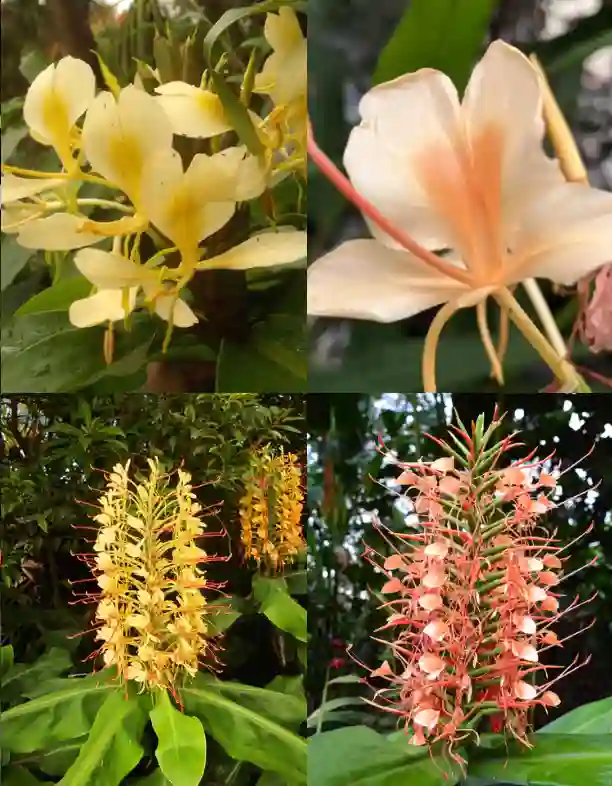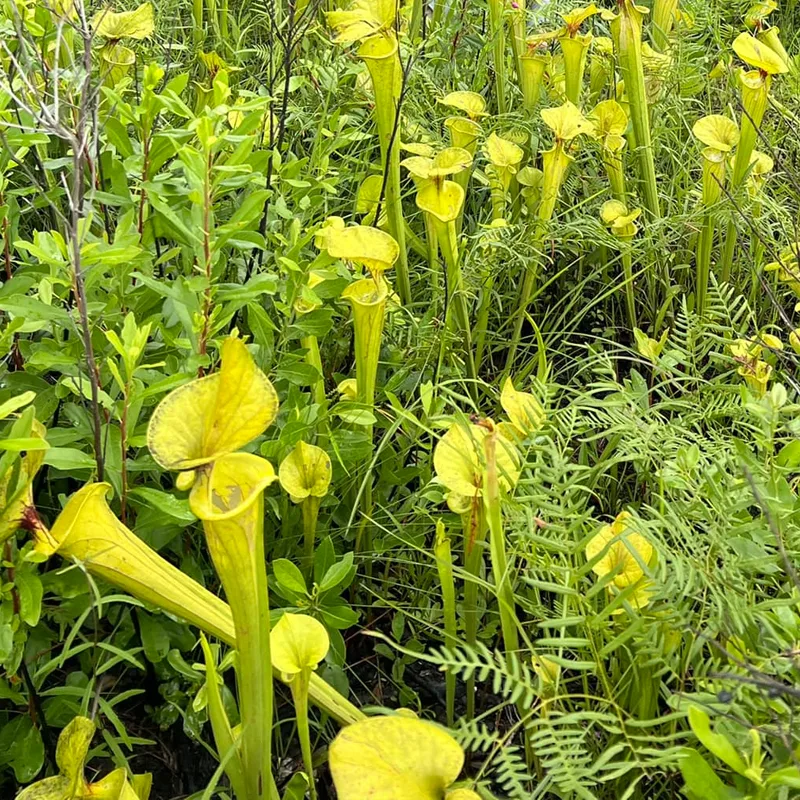
The Fiery Allure of the Ghost Pepper: A Recipe for Heat
The ghost pepper. Its name alone evokes a sense of mystery and danger. But for those who crave a culinary adventure, this little red gem offers an unparalleled explosion of heat. For years, it held the coveted title of the world’s hottest chili pepper, and even today, it remains a force to be reckoned with. Over the past few years, I’ve been obsessed with this fiery fruit, and here’s what I’ve learned about cultivating, cooking with, and taming the ghost pepper.
What Does a Ghost Pepper Look Like?
Imagine a wrinkled, bumpy heart with a pointed tip. That’s the ghost pepper in a nutshell. Unlike the smooth, sleek beauty of a bell pepper, the ghost pepper is all gnarled character. It’s about the size of a golf ball, and its color can range from a greenish-yellow to a fiery red, depending on its maturity.
Is the Carolina Reaper Hotter Than the Ghost Pepper?
While the ghost pepper once held the crown, it’s been dethroned by the Carolina Reaper. Clocking in at over 2 million Scoville Heat Units (SHU), the Carolina Reaper packs a serious punch. The ghost pepper, on the other hand, sits around 1 million SHU. But fear not, ghost pepper enthusiasts! That’s still enough heat to make your taste buds sing (or scream, depending on your tolerance).
How to Dry a Ghost Pepper?
There are two ways to dry a ghost pepper: using a dehydrator or air-drying. For the dehydrator method, simply slice the pepper into thin rings and dehydrate at low heat (around 125°F) for several hours, until completely dry and brittle. Air-drying takes longer, but it’s a natural option. String the pepper slices with needle and thread and hang them in a warm, well-ventilated area out of direct sunlight. It can take a week or two for them to dry completely.
How to Make Ghost Pepper Hot Sauce?
This is where the real fun begins! Ghost pepper hot sauce is a fiery condiment that will add a kick to any dish. The recipe options are endless, but a basic version involves simmering chopped ghost peppers with vinegar, garlic, and your favorite spices. Blend it all together, strain for a smoother consistency, and bottle it up. Remember, a little goes a long way with ghost pepper hot sauce!
How to Make Ghost Pepper Wings?
Chicken wings are a classic canvas for fiery flavors, and ghost peppers take them to a whole new level. There are two main approaches: incorporating ghost pepper into the marinade or making a ghost pepper wing sauce for dipping. For the marinade, blend chopped ghost peppers with your favorite wing sauce ingredients. For the dipping sauce, the hot sauce recipe from above can be easily adapted for dipping with a touch of butter or oil for a richer texture.
What Color is the Ghost Pepper?
As mentioned earlier, the ghost pepper’s color can vary depending on its maturity. Unripe ghost peppers are often a greenish-yellow, while fully ripe ones turn a fiery red. There can also be variations in between, with some peppers having orange or even pinkish hues.
How to Make Ghost Pepper Ranch?
Ghost pepper ranch adds a fiery twist to the classic creamy dip. Start with your favorite store-bought ranch dressing or make your own from scratch. Then, add a touch of chopped ghost pepper or ghost pepper hot sauce to taste. Be careful, a little goes a long way!
Is Ghost Pepper Hotter Than Habanero?
Absolutely. Habaneros come in at around 100,000 to 350,000 SHU, whereas ghost peppers are around 1 million SHU. So, while habaneros are certainly spicy, ghost peppers are in a whole different league.
What to Do with a Ghost Pepper?
The possibilities are endless! Here are a few ideas: make hot sauce, spice up chili, add a kick to marinades, or even grind it into a powder for a fiery seasoning. Just remember, ghost peppers are incredibly hot, so handle them with care and wear gloves when prepping them.
Why is it Called Ghost Pepper?
The origin of the name “ghost pepper” is shrouded in a bit of mystery. One theory is that its ghostly pale color when unripe earned it the name. Another theory suggests the intense heat is so surprising, it leaves you feeling like a ghost.
How Big Does a Ghost Pepper Plant Get?
Ghost pepper plants can grow up to 3 feet tall and wide. They are perennials in warmer climates, but they can be grown as annuals in colder regions. If you’re interested in cultivating your own fiery friends, they thrive in warm, sunny locations with well-drained soil. Just be prepared for a harvest that will keep your taste buds tingling for months to come!
How Often to Water a Ghost Pepper Plant?
Ghost pepper plants like consistent moisture, but not soggy soil. Aim to water them deeply every few days, allowing the top inch of soil to dry out between waterings. During hot, dry periods, you may need to water more frequently.
How to Make Ghost Pepper Powder?
Once your ghost peppers are dried, transforming them into a fiery powder is easy. Simply grind the dried peppers in a dedicated spice grinder (trust me, you don’t want ghost pepper residue in your coffee grinder!). Pulse the peppers in short bursts until a fine powder forms. Store your ghost pepper powder in an airtight container in a cool, dark place. A little sprinkle of this powder can add an intense heat boost to soups, stews, or even popcorn!
Safety First!
Ghost peppers are no joke. When handling them, wear gloves and avoid touching your face, especially your eyes. If you do come into contact with the oils, wash the affected area with soap and water immediately. And remember, a little goes a long way when cooking with ghost peppers. Start with a small amount and taste as you go to avoid a fiery disaster!
If i die, water my plants!



